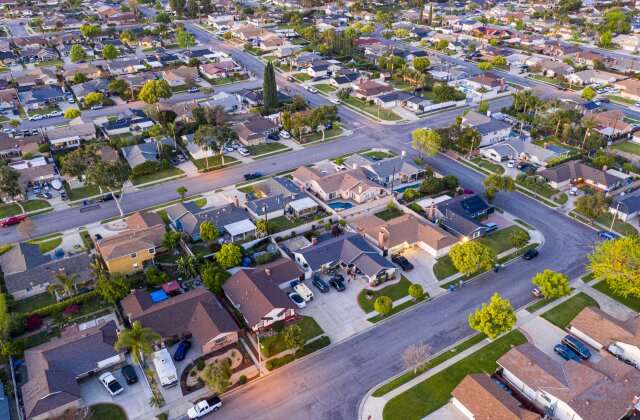The Future of Safety – Unveiling the Latest in Video Surveillance Innovations
In the ever-evolving landscape of safety and security, video surveillance stands as a cornerstone, constantly pushing the boundaries of innovation to enhance our ability to monitor and protect. The future of safety unfolds with the latest advancements in video surveillance technologies, promising a paradigm shift in how we perceive and implement security measures. One of the most notable innovations is the integration of artificial intelligence AI and machine learning ML into video surveillance systems. This transformative leap enables cameras to go beyond mere recording, transforming them into intelligent entities capable of real-time analysis. AI algorithms can now identify anomalies, recognize patterns, and even predict potential security threats. This proactive approach significantly enhances the effectiveness of surveillance, allowing for quicker response times and minimizing the risk of incidents. Furthermore, the future of video surveillance is marked by the widespread adoption of high-resolution and panoramic cameras. These cutting-edge devices provide unparalleled clarity and comprehensive coverage, eliminating blind spots that were once inherent in traditional surveillance setups.

High-resolution cameras enable facial recognition with remarkable precision, a feature that proves invaluable in identifying and tracking individuals in crowded spaces, bolstering efforts in crime prevention and public safety. The convergence of video surveillance with the Internet of Things IoT is another exciting development. By seamlessly integrating with various sensors and devices, surveillance systems can create a network of interconnected security solutions. For instance, smart cameras can collaborate with motion sensors, access control systems, and environmental sensors to provide a holistic understanding of security conditions. This interconnectedness allows for more informed decision-making and a more adaptive and responsive security infrastructure. In addition to technological advancements, ethical considerations are increasingly shaping the future of video surveillance. Privacy concerns have led to the development of sophisticated encryption techniques and privacy-focused features. Anonymization of captured data, stringent access controls, and transparent data usage policies are becoming standard practices, ensuring that surveillance technologies are deployed responsibly and with respect for individual rights.
The shift towards edge computing is another noteworthy trend in video surveillance. Rather than relying solely on centralized processing, edge computing involves processing data closer to its source, reducing latency and enhancing real-time analysis capabilities. This approach not only improves the overall efficiency of video surveillance but also reduces the strain on network bandwidth, making it more scalable and cost-effective. As the future unfolds, video surveillance innovations are not confined to physical spaces alone. Cloud-based surveillance solutions are becoming increasingly prevalent, allowing for remote monitoring and management. This flexibility is particularly crucial in today’s dynamic environment, enabling security professionals to access and control surveillance systems from anywhere in the world, enhancing the scalability and adaptability of security measures and see here https://paceprotections.com/intrusion-systems/. The integration of AI, high-resolution cameras, IoT, ethical considerations, edge computing, and cloud-based solutions collectively pave the way for a security landscape that is not only more effective but also more responsible and adaptable. Embracing these advancements ensures that the evolving challenges of safety and security are met with cutting-edge solutions, setting the stage for a safer and more secure future.






